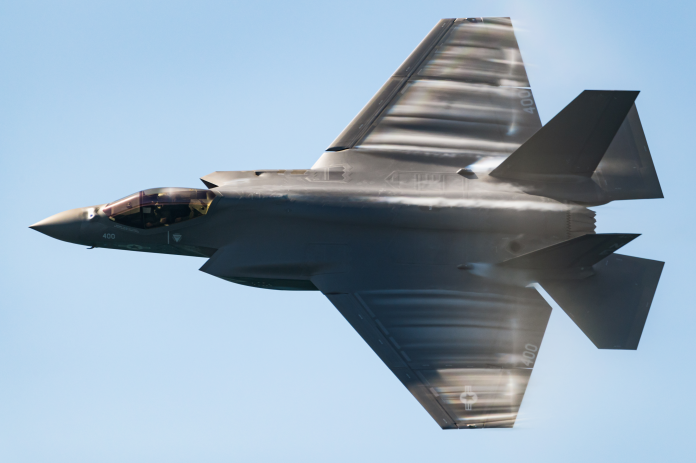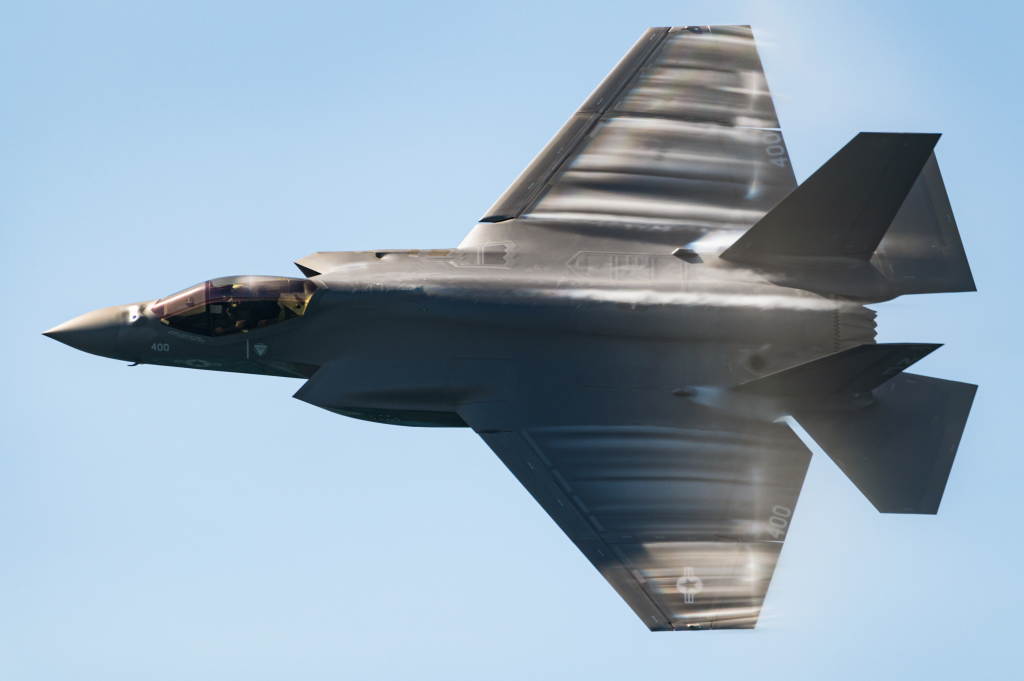
In contemporary carrier aviation, the choice of the proper fighter aircraft is instrumental in the capability to maintain air superiority and operational versatility. The U.S. Navy previously considered the conversion of the Air Force’s F-22 Raptor into an F-22 for carrier aviation as the informally named ‘Sea Raptor’.
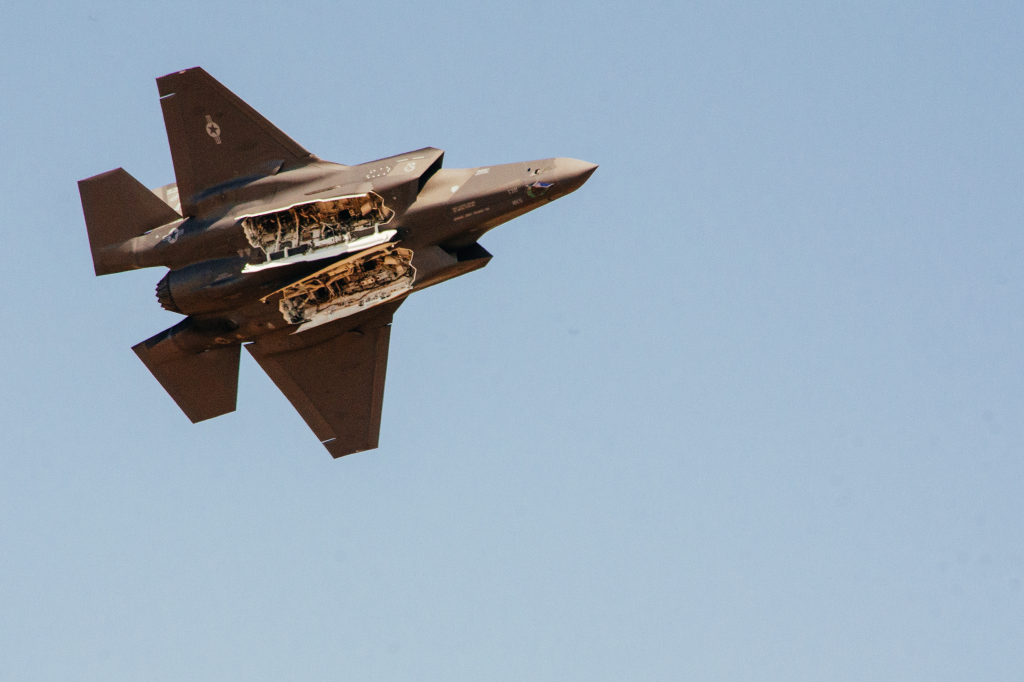
After much deliberation, the Navy eventually selected the F-35C Lightning II, a design-specific fighter for the unique requirements of naval aviation.
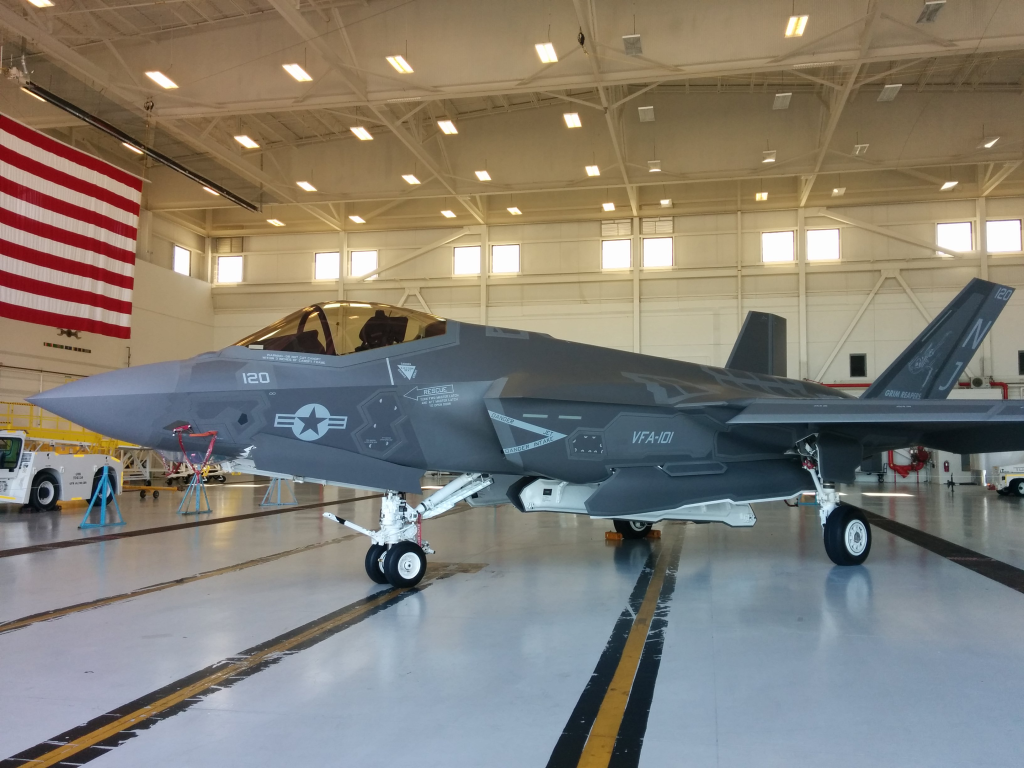
1. Strategic Congruence with Carrier Operations
The F-35C is purpose-built from the ground up to fly from carriers. It has extra wingspan, higher-strength landing gear, and better low-speed handling, which enable it to land economically and safely on the short deck of supercarriers. Deriving the F-22 into an ‘Sea Raptor’ would involve simplistic structural changes at the expense of stealth performance and cost.
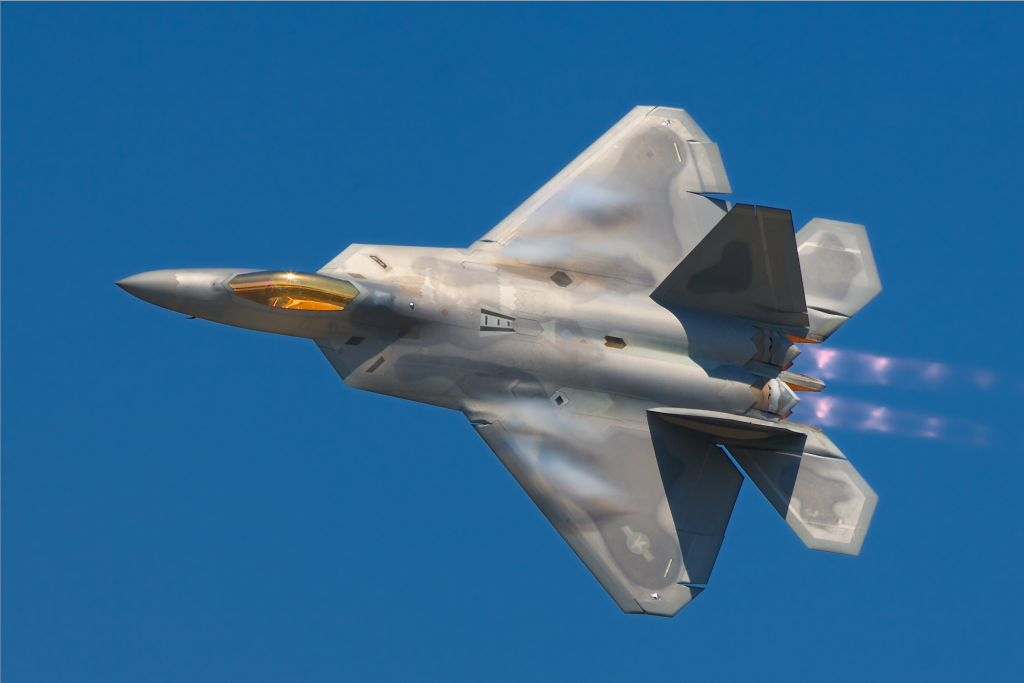
2. Failure of the F-22 ‘Sea Raptor’ Concept
The F-22 is superior in air superiority through stealth, supermaneuverability, and cutting-edge avionics but specifically tailored for ground warfare. Key features like folding wings and heavier landing gears were not included in the design, and hence it costs more and is technically more involved to convert. Any such alteration would have detracted from the stealth nature of the Raptor and increased weight at the expense of overall performance.
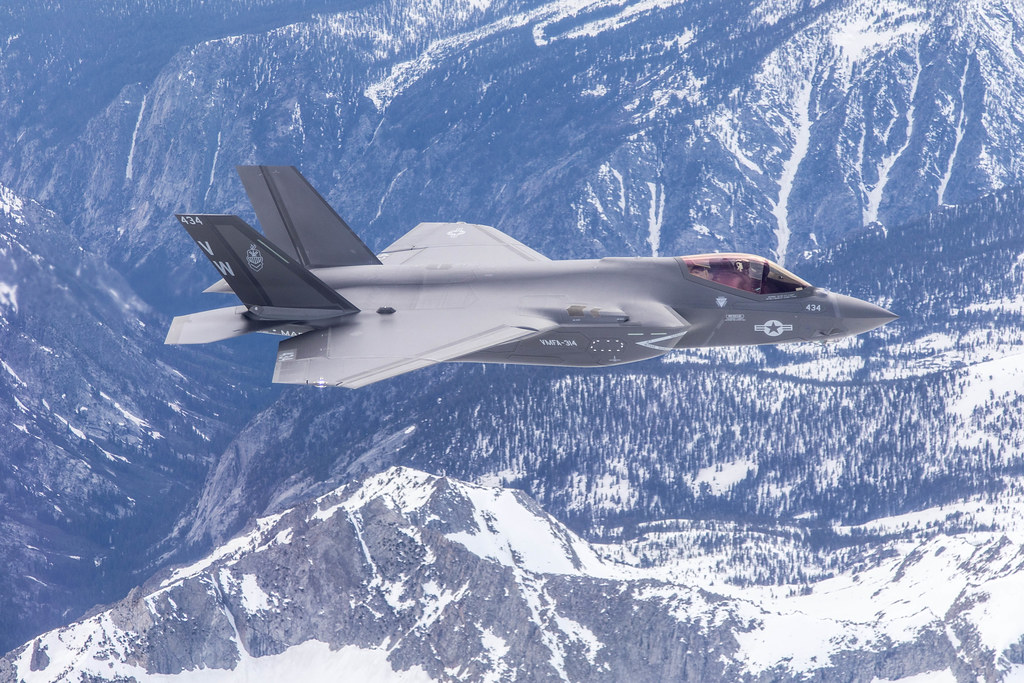
3. Versatility in Multiroles for the F-35C
In contrast to the F-22, the F-35C is a multirole fighter with air-to-air and air-to-ground capabilities. Its capability to carry a variety of weapons, from Joint Stand-off Weapons and cruise missiles like JASSM, offers operational flexibility. Sensor fusion and sophisticated avionics offer the pilots enhanced situation awareness that enables combat and support operations in austere maritime environments.
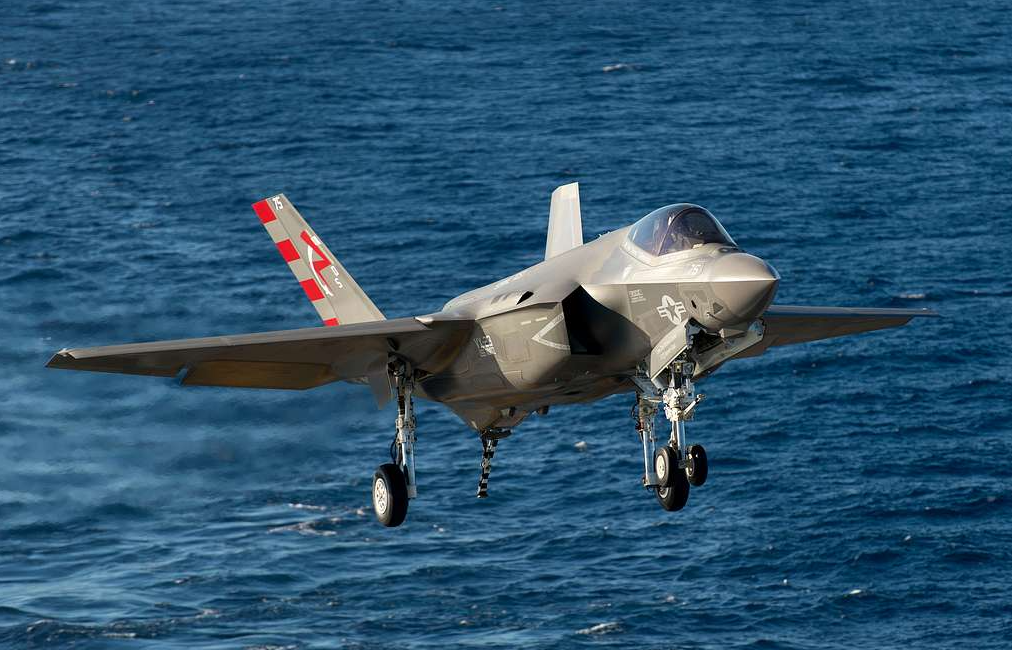
4. Operational and Logistical Factors
The F-35C is specifically designed to satisfy the Navy’s durability and maintainability requirements for carrier operations. Its rugged airframe and systems-balanced design are less expensive to support logistically, train, and deploy, whereas a ‘Sea Raptor’ would necessitate expensive infrastructures upgrades and specialized maintenance processes.
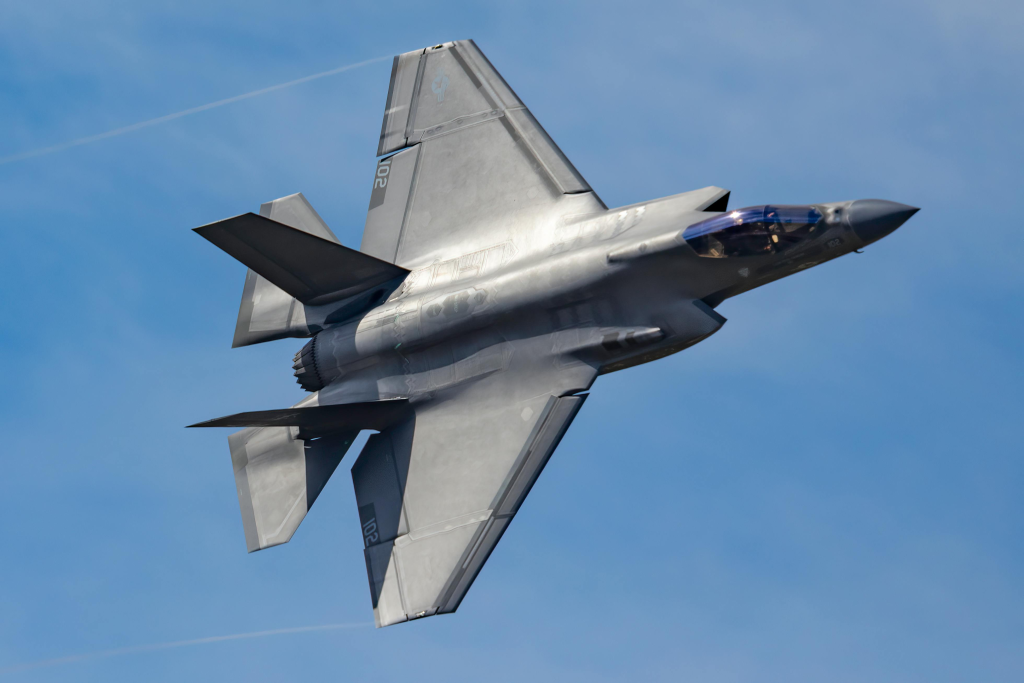
5. Synergistic Roles within the F-35 Program
The F-35 program comprises three configurations particularly to satisfy the needs of the Air Force, Marine Corps, and Navy. The F-35C is a carrier air variant of the aircraft optimized for carrier operations, and the F-22 remained as the top-priority fighter for air superiority from bases.
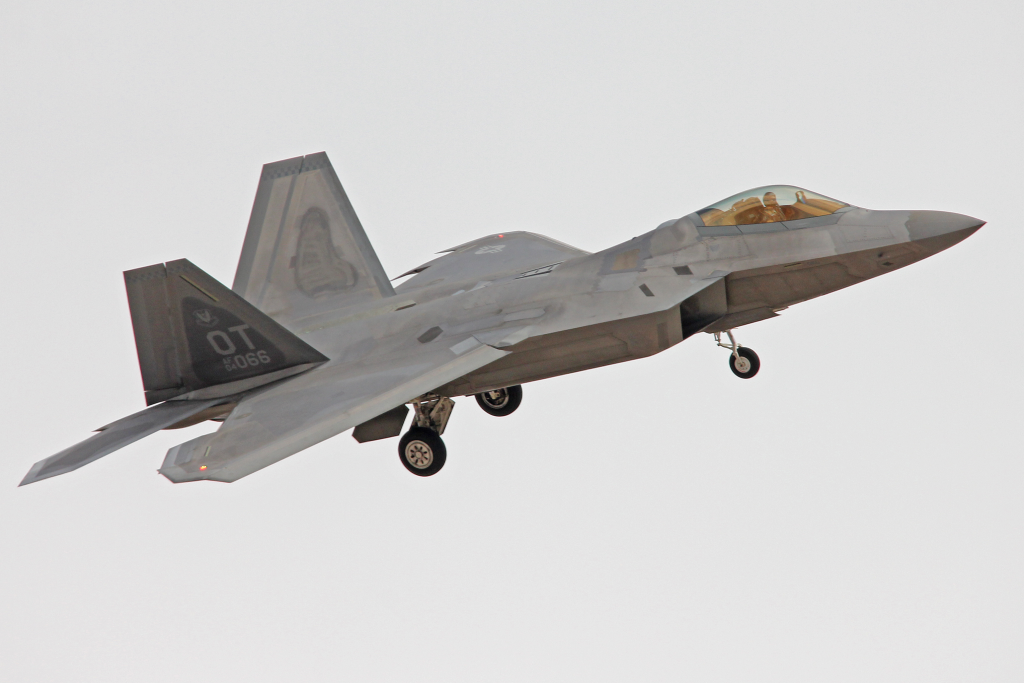
By splitting the two planes, both services are able to make use of the best of its own planes without compromise because the Navy is receiving the multirole platform with its operational needs customised.
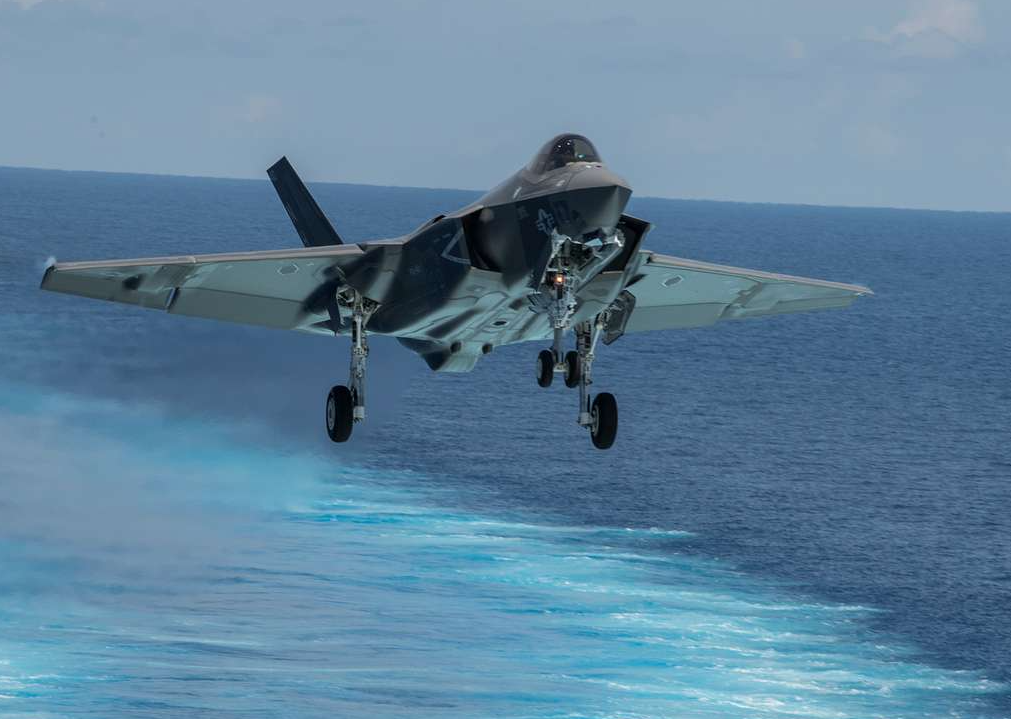
6. Future Prospects
Choosing the F-35C doesn’t preclude investing in next-generation fighter programs. Programs such as F/A-XX and Next Generation Air Dominance will continue to advance capabilities further, and the Navy can continue to lead technologies while meeting future air war threats and naval strategy.
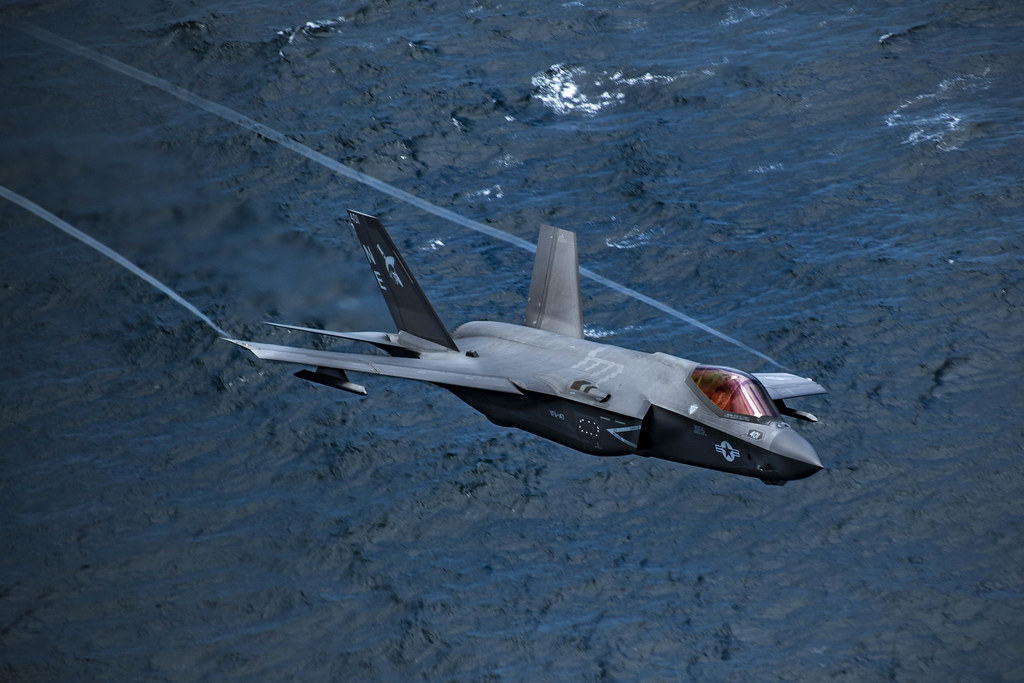
7. Last Thoughts
F-35C on a ‘Sea Raptor’ is a sound choice which satisfies capability, flexibility, and operating usability. Ranked in priority order, acquiring carrier-dedicated capability, multirole mission credibility, and logistical prudence, the Navy acquired an aircraft designed to execute present and future missions in naval air superiority, and the F-22 is set aside to excel at its specialty air superiority mission.
